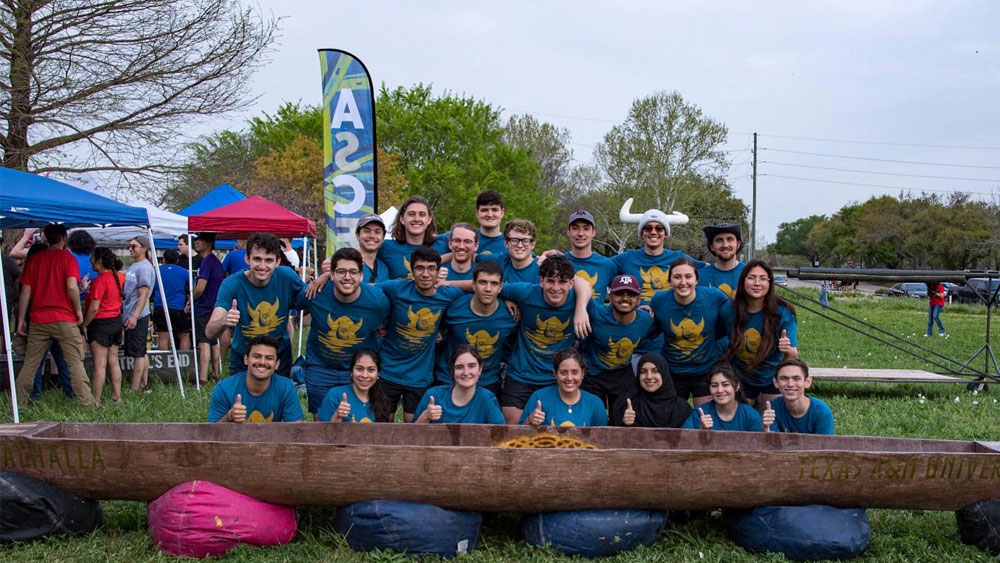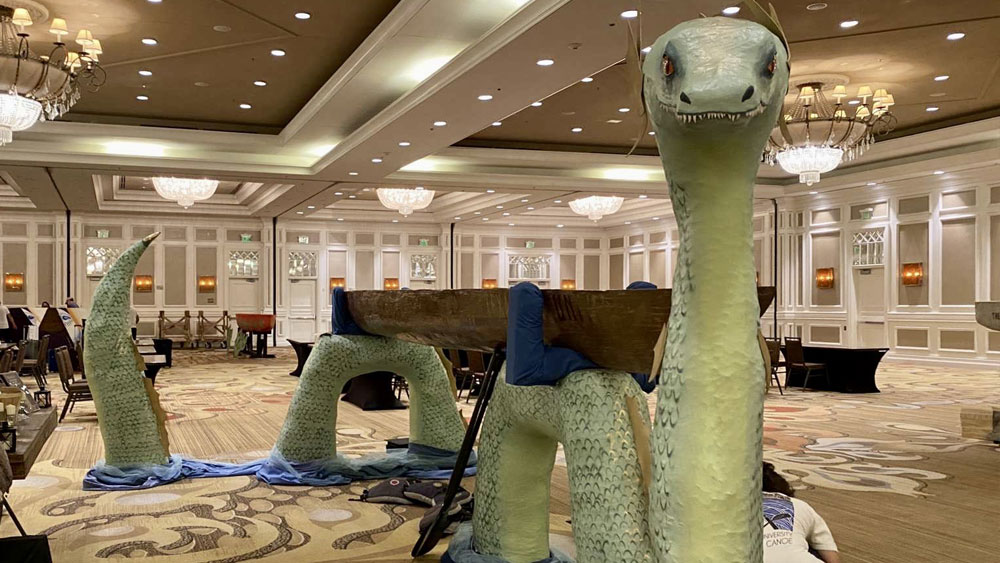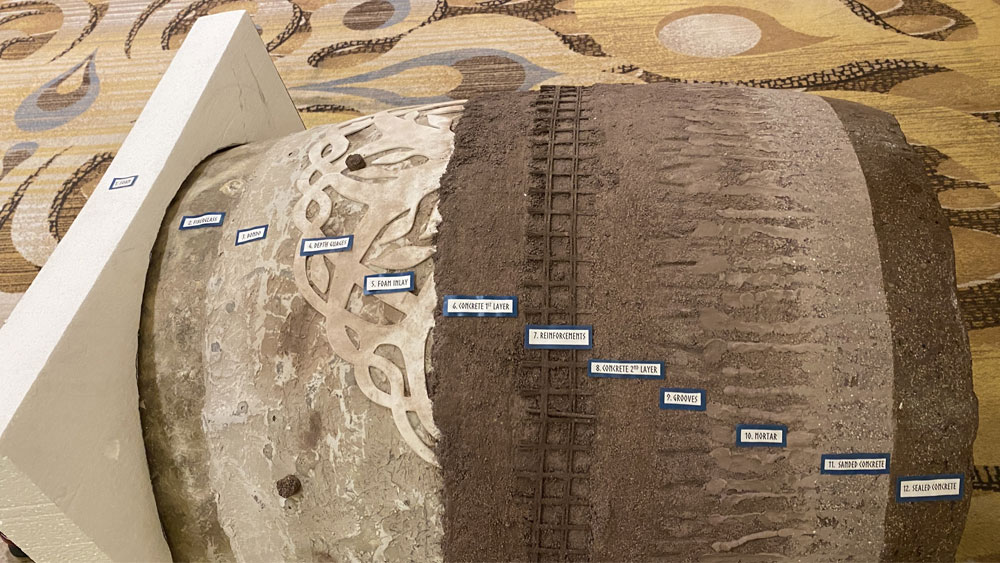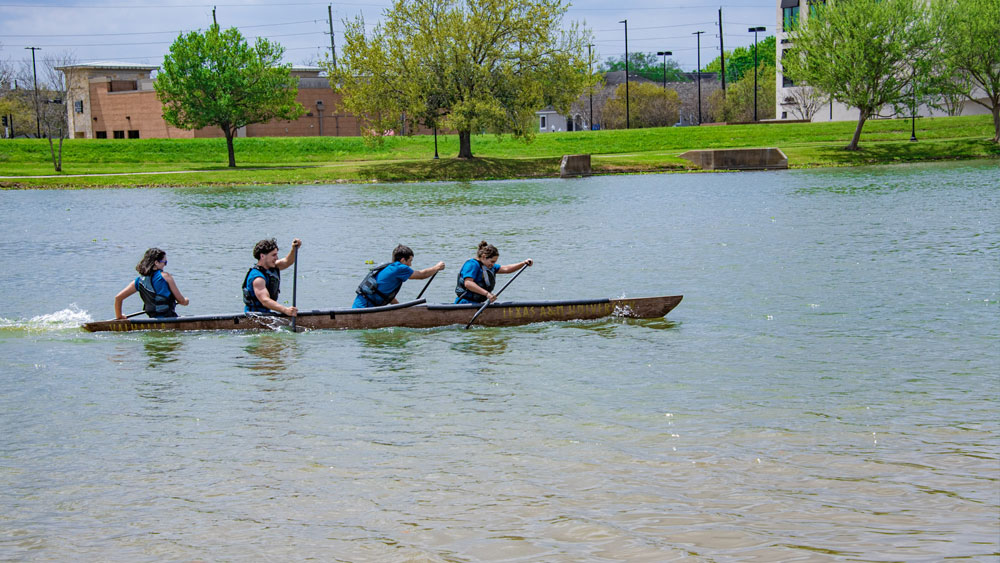
Finding the right weight and strength are essential to success when attempting to make concrete float. In early April, the Texas A&M University Concrete Canoe Team struck the perfect balance and took home first place in the American Society of Civil Engineers (ASCE) Region 6 Concrete Canoe Competition. This is the Texas A&M team's first victory since 2015.
With the regional win, the team of 24 students — including seven officers — advanced to the National Concrete Canoe Competition. There, they will compete against 23 other teams from around the globe on June 3-5 at Louisiana Tech University in Ruston, Louisiana.

"The win this year was especially rewarding coming off the virtual COVID-19 year," said Hilaire Garza, a senior civil engineering major and co-captain. "The team was made up of almost an entirely new group of people who managed to get close during our weekly meetings. Everyone worked so hard, putting in time and effort whenever they could."
After a virtual year of concrete canoe competitions in 2021, the team was excited to get back on the water. Garza and co-captain Ethan Harris, a senior civil engineering major, began planning in August. They started recruiting team members during the first month of the fall semester and then began planning and budgeting in mid-September when they received the competition rules.

"Generally speaking, the lighter the concrete is, the weaker it becomes," Harris said. "This creates a balancing act where we try to make our boat as light as possible while also making sure it doesn't break during racing."
It's also essential to make sure it doesn't break during transportation to the competition. The team uses a 25-foot trailer to haul the canoe, stands and display table. The canoe is cradled by soft memory foam and Styrofoam. It takes eight to 10 members to lift the boat by hand.
Last year, they chose a Viking theme but didn't get to build a canoe or themed display. They made up for that this year.
"The Viking regard for tradition makes it a fitting theme for a group of Aggie engineers," Garza said. "The stands (for the canoe) are a sea serpent, which is significant to Norse mythology."
Another challenge was using the decorative concrete embellishments in the canoe, which they used to create the gold designs inside the canoe.

"We used 2 mm craft foam cut into various shapes and glued them to our mold before placing the concrete over it. This left behind small inlays that could be later filled with different colors of concrete," Garza said. "It was against the rules to use any paints or stains, so we had to get creative. We included the Texas A&M block lettering, the Viking Tree of Life and Miss Reveille in the canoe."
Another focus for the team was paddling. The concrete canoe program is designed to test each team's knowledge, creativity, and stamina and includes several different races on the water.
"Our team won first place in all of the races for our regional competition, and we want to keep that streak going," Harris said. "Races at competitions are rigorous, but I'm confident our paddling team can get the job done. We are slightly nervous because we know how good the competition is at the national level, but we are also really confident in what we have accomplished this year."